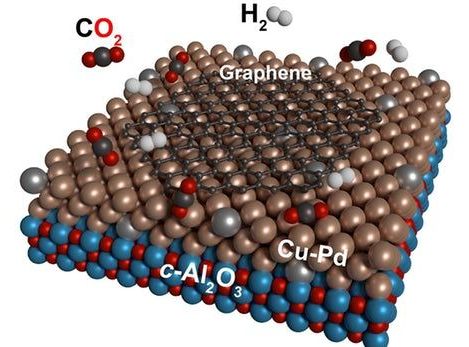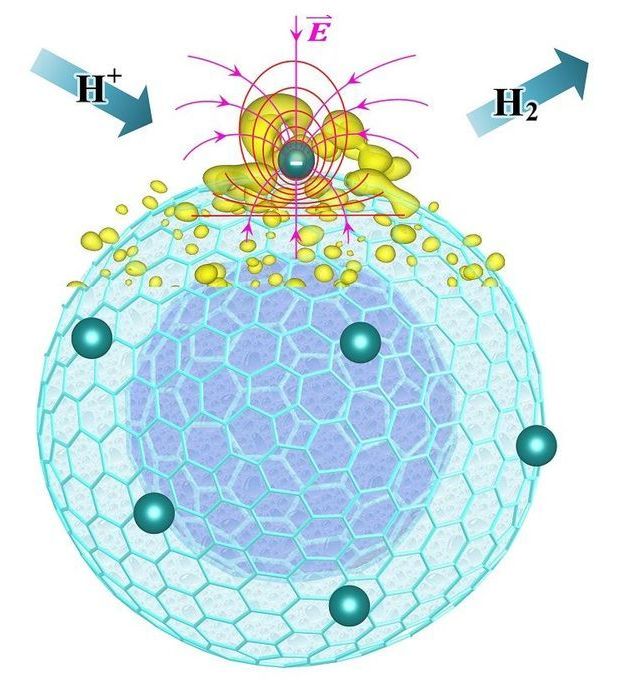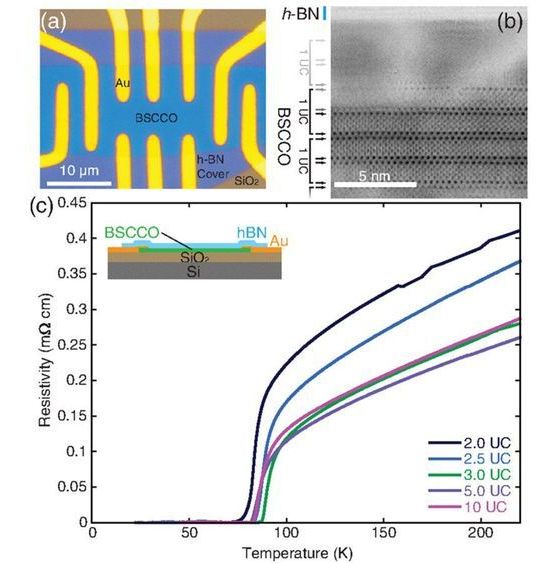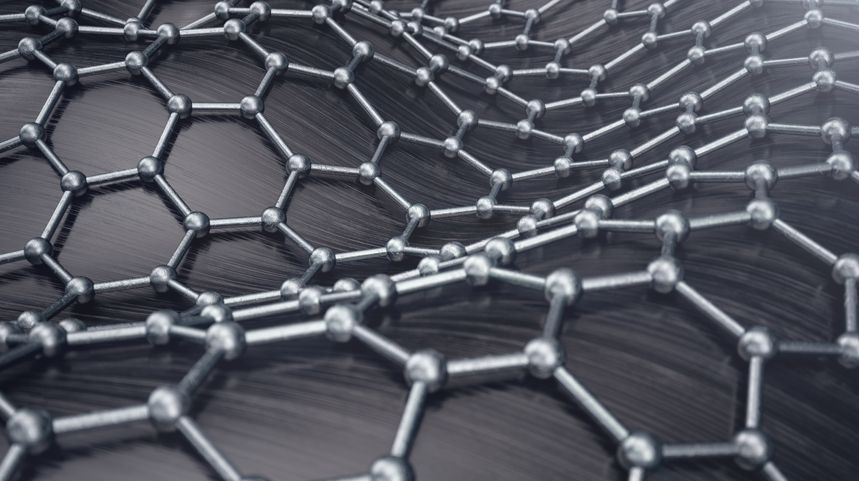Carbon dioxide is kind of painted as the villain of the 21st century, and it’s not enough to just reduce our emissions now – we need to remove some of what’s already in the atmosphere. Now, researchers at Karlsruhe Institute of Technology (KIT) have developed a simple way to turn the troublesome gas into a useful resource by converting it into the “wonder” material graphene.
Category: materials – Page 237
Humans have generated nearly 10 billion tons of plastic in the last 70 years (via NowThis)
For many, it’s the material of nightmares: machines capable of continuously refining themselves. What if they turn malevolent? Will they enslave humanity? Fortunately, given the current status of machine learning research, we will not have to worry about such a scenario for quite some time.
Researchers at MIT in the US and DESY (Deutsches Elektronen-Synchrotron) in Germany have developed a technology that could shrink particle accelerators by a factor of 100 or more. The basic building block of the accelerator uses high-frequency electromagnetic waves and is just 1.5 cm (0.6 in) long and 1 mm (0.04 in) thick, with this drastic size reduction potentially benefitting the fields of medicine, materials science and particle physics, among others.
If true, the study would complete a decades-long quest to find the elusive material. But such claims have been made prematurely many times before.
Phase transitions occur when a substance changes from a solid, liquid or gaseous state to a different state—like ice melting or vapor condensing. During these phase transitions, there is a point at which the system can display properties of both states of matter simultaneously. A similar effect occurs when normal metals transition into superconductors—characteristics fluctuate and properties expected to belong to one state carry into the other.
Scientists at Harvard have developed a bismuth-based, two-dimensional superconductor that is only one nanometer thick. By studying fluctuations in this ultra-thin material as it transitions into superconductivity, the scientists gained insight into the processes that drive superconductivity more generally. Because they can carry electric currents with near-zero resistance, as they are improved, superconducting materials will have applications in virtually any technology that uses electricity.
The Harvard scientists used the new technology to experimentally confirm a 23-year-old theory of superconductors developed by scientist Valerii Vinokur from the U.S. Department of Energy’s (DOE) Argonne National Laboratory.
A formerly little-known molecule created in labs by scientists could help future buildings withstand even the most ferocious of storms, tornadoes, and hurricanes by making walls that are virtually indestructible, according to new research from a team of British scientists at the University of Exeter.
The substance is known to researchers and construction experts as graphene, a combination of the prefix graphite and the suffix –ene, coined by the German scientist who pioneered it. The product has a wide array of potential applications including anti-corrosive coatings, lubricants, and motor oils. But in the last two decades, a radical new application has become apparent to those who study this innovative new product. The application of graphene in construction became apparent when researchers established that the inclusion of graphene oxide significantly increases both tensile and compressive strength in concrete composites—in other words, the world’s most common construction material can be fortified to become a kind of “super-concrete.”
We’re slowly suffocating a lot of natural ecologies with our trash. Fish, birds, and other animals all unwittingly consume the five trillion tons of plastic (and counting) strewn about the ocean, and doing so can kill them.









